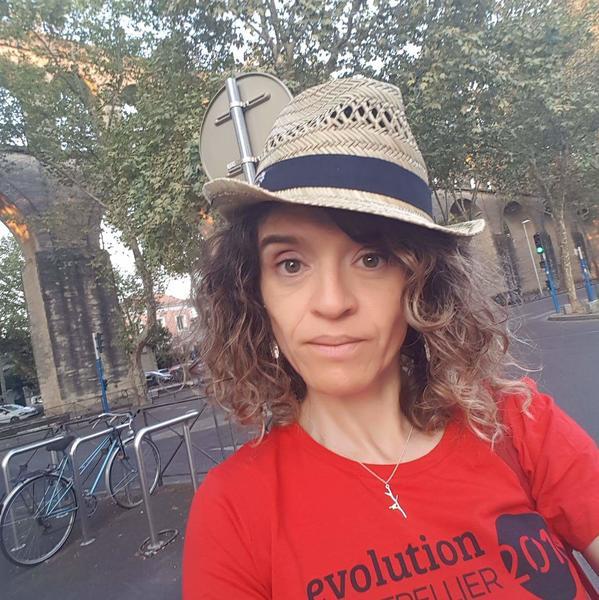Catherine Breton
Catherine Breton is a population genomics researcher with a focus on natural populations. She obtained her PhD in population genomics at the University Paul Cézanne Marseille in 2003. Her thesis revealed the refugial zone and the double domestication zone of the olive tree. After a postdoc at the University of Georgia Athens, USA, in 2011 on the evolution of the parasitic plant Orobanche, she wanted to combine molecular and statistical analysis to get a comprehensive overview of the analysis process. She obtained a master’s in bioinformatics from the University of Montpellier in 2014. She also worked on the genomic of starvation of the Mediterranean bar (Dicentrarchus Labrax), and the different hybrid zone of the complexes of species of mouse (Mus musculus). Genomics can help us to better characterise the genetic and genomic diversity of different natural and domesticated species, as well as to understand their evolution during major changes in Earth's history.
Early in her postdoc, she decided that she wanted to be in control of the analysis of data generated by high-throughput experiments. Mistakes happen and will always happen, but she would rather be able to find and fix them herself. So, she started learning scripting, and suddenly the time she spent on the computer analysing data became longer and, despite all the frustration of compiling libraries, more enjoyable. She is now a bioinformatician with over 13 years' experience in the analysis and integration of next-generation sequencing (NGS) data, including long reads.
In 2018, she joined Bioversity International to bridge the gap between genomics and resource genetics researchers and computational scientists. Her main research interest is the analysis of genomic data from NGS to improve in situ and ex situ conservation and utilisation of crop genetic resources. Her main goal is to use the latest genomic tools to understand plant diversity.
Since 2018, she has been working on the characterisation of banana germplasm through the bioinformatics side, analysing data to be interpreted by scientists for the molecular characterisation of accessions conserved in the Musa Germplasm International Transit Centre (ITC), the Drought Tolerance Program (DGD program) and natural banana populations in Papua New Guinea, Vietnam, China and Laos (B4BB program with CIRAD). She is also helping to unravel the mysteries of the banana genome. She currently works with the banana genomics and bioinformatics team contributing to Banana Genome Hub (BGH), Gigwa and other projects.

